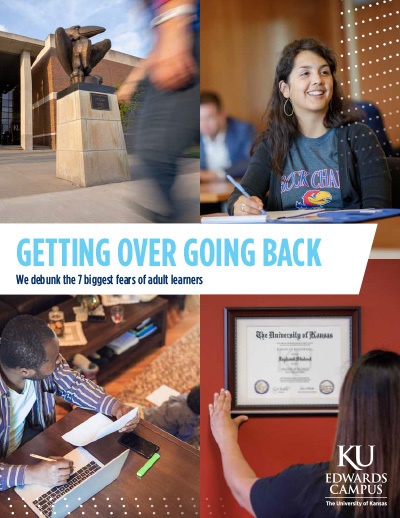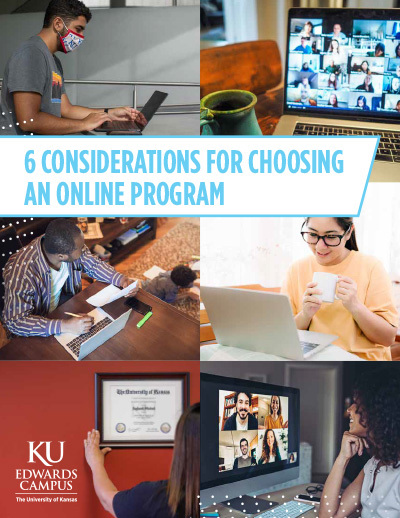Sage career and health advice for 2020

A new year brings new opportunities to learn, advance your career and commit to taking good care of yourself. As you lay the foundation for change and growth in 2020, consider the ideas and information in 2019's most-read articles on advice, health and professional improvement, from working out in the office to mental health awareness to getting your dream job — or improving the professional culture where you already are.
10. How to know when you're not OK: mental health at school and work
It’s common to experience stress at work and school. For some, however, stress and anxiety are constant issues that affect the whole body. Forty million Americans over age 18 live with an anxiety disorder, and major depressive disorder, often linked with anxiety, is the leading cause of disability for people ages 15 to 44 in the U.S.
Understanding how your body responds to stress, and developing healthy ways to deal with stress, anxiety or depression can help you thrive physically as well as mentally. Learn some of the symptoms of anxiety or depression, and how to develop healthy self-care practices that can help equip you to deal with everyday issues, as well as crisis moments.
9. Getting Ahead: Women in Professional Leadership
Women make up 47 percent of the U.S. workforce, and are more likely than men to have earned a bachelor’s degree by age 29. However, women account for only one in 15 C-suite leaders, and only one in 25 is a woman of color. Women face many obstacles on their professional journey, but with help from mentors, a reliable support network and healthy boundaries, success can be a little easier to attain. Find out helpful tips about leadership and work-life balance from experienced women working in higher education with these lessons learned from the 2019 American Council on Education Women’s Network event at KUEC.
8. Motivation Misunderstanding: 4 Tips for Increasing Employee Motivation and Engagement and The Big Myth About Employee Engagement – Have You Heard This?
Does your work culture facilitate effective work? Do you find it personally satisfying, or draining? Today’s employees are interested in creative problem-solving rather than rote memorization and physical skills. However, the intrinsic needs of modern professionals don’t always match the traditionally extrinsic rewards system (such as vacation days or bonuses) most organizations offer. The answer to meeting these needs may lie in behavioral research findings. Check out these leadership tips that encourage employee autonomy, creativity and genuine engagement.
7. Investing in Professional Development Leads to Higher Employee Retention, Business Performance
A career is more than just an eight-hour shift and a paycheck. Today’s professionals want more personal fulfillment from their jobs and are looking for more than giving their best to the company. According to a Gallup survey, 51 percent of workers are looking to leave their current jobs. For employers, finding and using effective retention strategies is increasingly important. Investing in career training and leadership development opportunities for current employees is proven to help workers be more invested in their current jobs. Find out how, and see how KUEC is helping local businesses strengthen their teams, in this post.
6. 6 Ways to Get & Keep a Higher-Paying Job You Love
Are you hoping this will be the year you make the leap to the career you’ve always wanted? You can do it! By recognizing your strengths, investing in your own professional development and building a professional brand of your very own, you can develop the skills you need to sell yourself and stand out of from the crowd. Find out why it’s a great time to make a change, and learn more about the resources available to you that can help you finally land your dream job.
5. How to Write a Cover Letter: 7 Easy Tips for Success
A cover letter is your opening statement to a prospective employer, your first opportunity to sell your skills and qualifications, and express your passion. Writing the letter that gets you the interview can feel daunting, but it doesn’t have to be. With some extra planning, quick research and outreach, you can craft a concise, organized statement that says everything you need it to. Try these tips to create a letter that’s true to you and shows off what you bring to the table.
4. Essential Skills for Career Success
The pace of business, and the technical skills required to get ahead in certain careers, are ever-changing. Some things, however, remain constant. Essential skills — also called “soft skills,” — are non-industry-specific strengths that apply to a variety of professions. For employers looking for multitaskers and innovators with uniquely human capabilities, they’re becoming more and more important all the time. Find out what these skills cover, how they translate across careers, and how you can develop this valuable skillset.
3. Create a culture that communic/blog/communicating-for-inclusion?utm_source=blogates respect and belonging for all employees
Biased language pops up in the workplace all the time — even when we don’t mean it to. For minoritized groups in an organization, biased comments speak volumes about an organization’s values and its professional culture. When these comments crop up in decision-making processes, the effects can be just as detrimental, if not more so. Find out how to increase sensitivity around inclusive language in the workplace.
2. Are You Missing a Key to Great Leadership? Test Your Emotional Intelligence
You probably know about IQ, which measures your mental ability. But what about EQ? Emotional intelligence refers to how well we understand how our emotions impact our own behavior, and our sensitivity toward the emotions of others. It’s just as important as mental intelligence in defining effective leadership and creating a healthy workplace. Leaders who make it a priority to understand others’ emotional motivations are better at connecting with teammates and employees. See how your EQ measures up, and learn how you can take steps to develop it further.
1. Working Out at Work
Americans spend 21 hours a day sedentary. Less than one-third of adults get the recommended 30 minutes of structured exercise five times a week. The combination of mostly sitting at the office, and the poor diet most of us follow, can lead to serious health issues, including heart problems and diabetes. A busy work schedule can make it hard to find time to exercise, but even if you can’t make it to the gym, there are still options to make sure you’re getting some of the activity you need. Try these easy ideas for stretches at your desk, and tips for structuring a little more action into your day.





